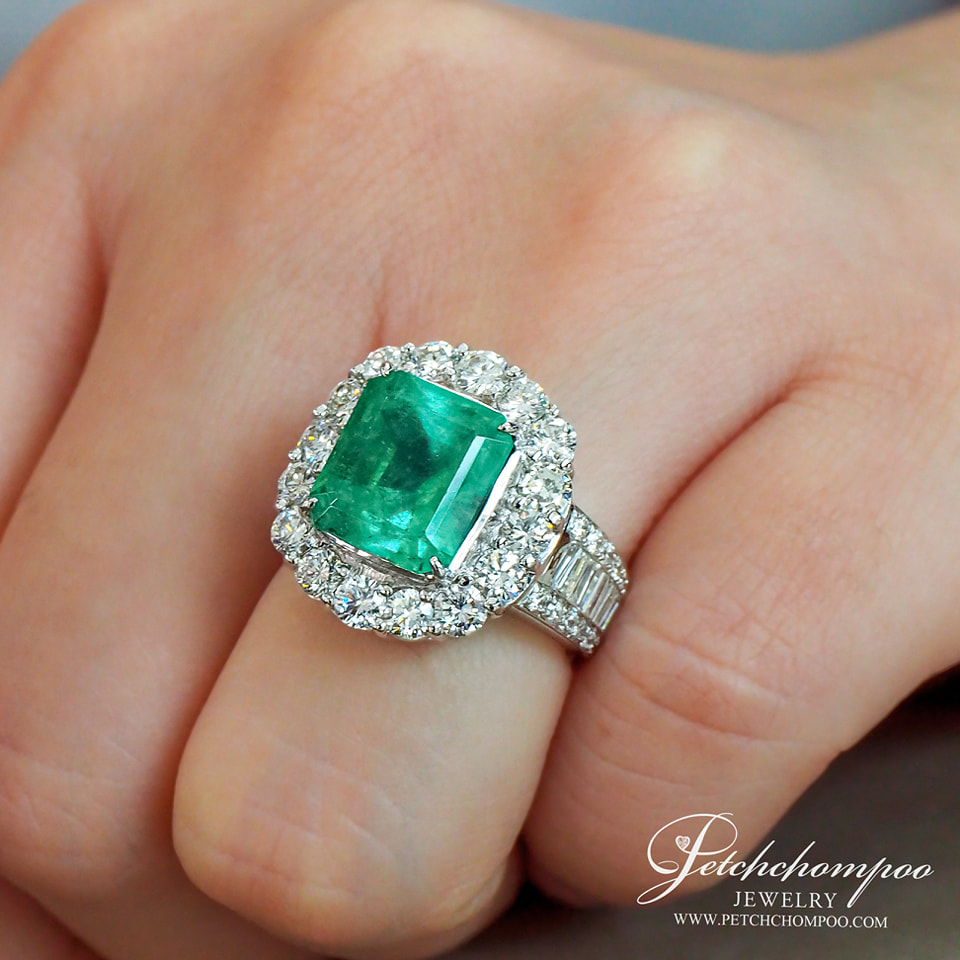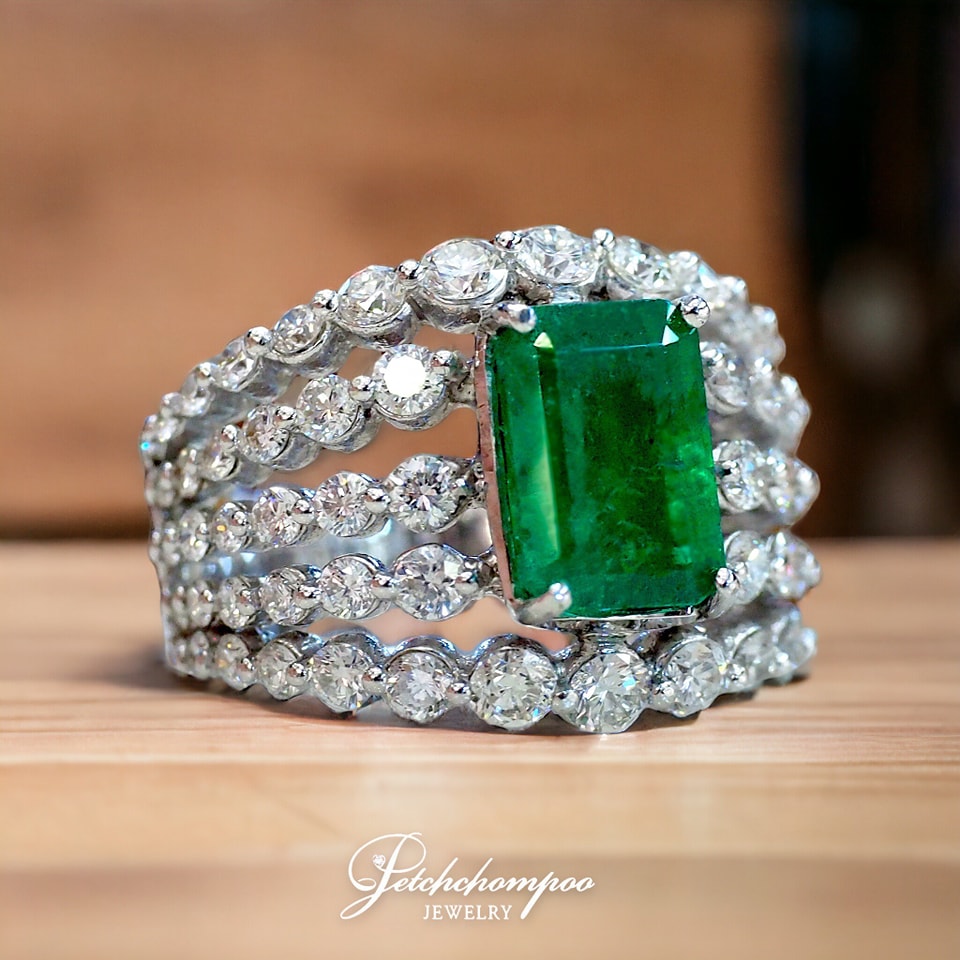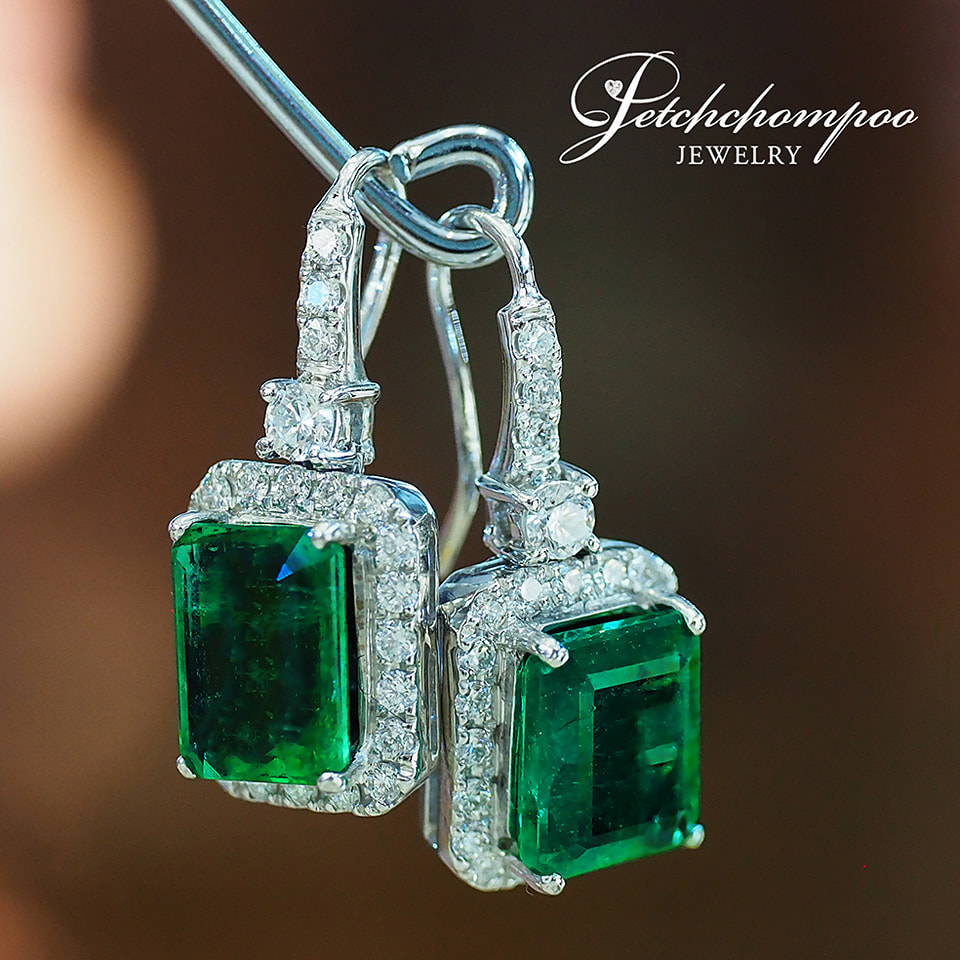How Hard Is Emerald? Unraveling the Truth: Which Is Harder, Emerald or Diamond?
Emerald, the captivating green gemstone believed to bring wealth and good fortune, is one of Thailand's auspicious “Nine Gems.” With its vibrant green glow, emeralds make for stunning jewelry pieces—from necklaces and rings to earrings—adding elegance and sophistication to any look. Known for being relatively hard, many wonder: Is emerald harder than diamond? Let’s find out.

How Hard Is Emerald?
Emerald is a variety of the mineral Beryl, which occurs in different colors. For instance, pink Beryl is called Morganite, and blue Beryl is known as Aquamarine. The green color in emerald comes from traces of chromium and vanadium. Among all Beryl varieties, emerald holds the highest value, making it one of the world’s most precious gemstones.
While flawless emeralds do exist, they are extremely rare and expensive. Most natural emeralds contain inclusions or internal fractures, which are accepted and even expected by gemologists. In fact, minor inclusions often indicate authenticity, so experts typically seek out stones with minimal yet natural-looking imperfections.
When we talk about hardness, we refer to a mineral’s resistance to scratching, which is commonly measured using the Mohs scale—a scale from 1 (softest) to 10 (hardest). Emeralds score between 7.5 and 8.0 on the Mohs scale. However, due to internal fractures, emeralds are more prone to chipping or breaking, which is why they’re often treated with oils or resins to fill cracks and enhance appearance. Common fillers include natural oils, resins, or plant-based oils.

Where Do Emeralds Come From?
Today’s most significant sources of emeralds are Colombia, Zambia, Brazil, and Zimbabwe. Other producing countries include Nigeria, Russia, and Afghanistan. Among them, Colombian emeralds are the most prized and valuable, known for their clear, vivid green color. Prices range from $200 to as much as $18,000 USD per carat, depending on quality.
The criteria for evaluating emeralds are similar to those used for diamonds: color, clarity, cut, and carat weight.

Emerald vs. Diamond: Which Is Harder?
Emeralds are translucent to transparent and have a Mohs hardness of 7.5–8.0. Diamonds, on the other hand, are the hardest known natural material with a Mohs hardness of 10. This makes diamonds significantly more resistant to scratches and more durable in general.
When choosing between emerald and diamond, it all comes down to personal preference and style. Many luxury jewelry designs today incorporate both gemstones, combining the timeless brilliance of diamonds with the lush green allure of emeralds for a truly exquisite look.